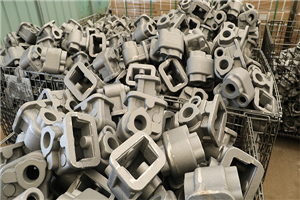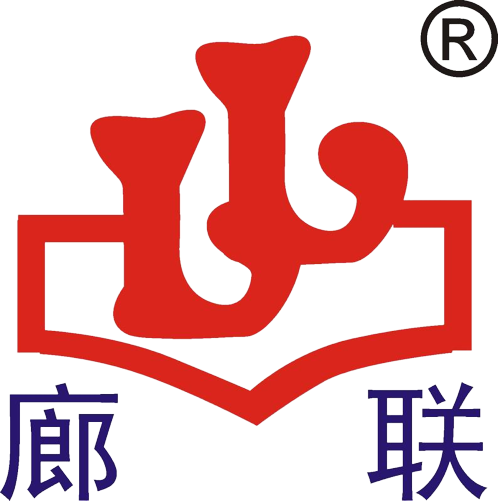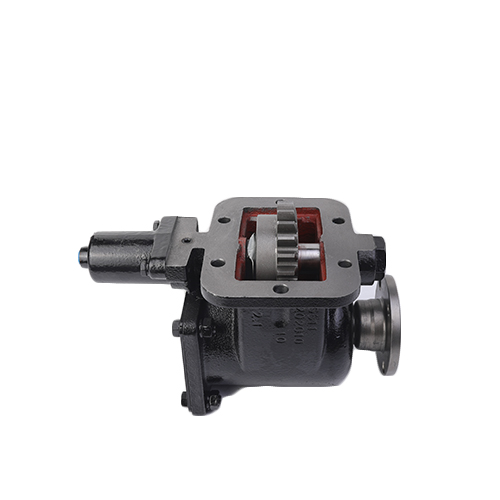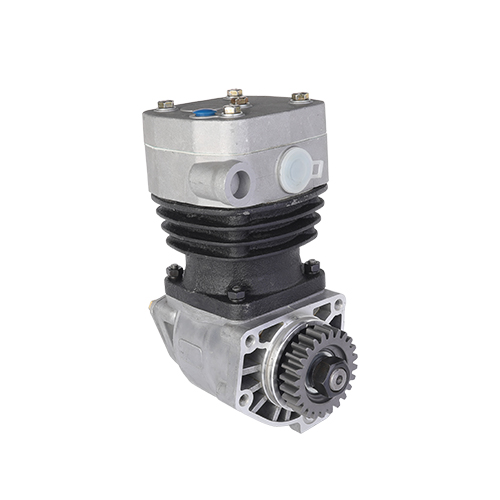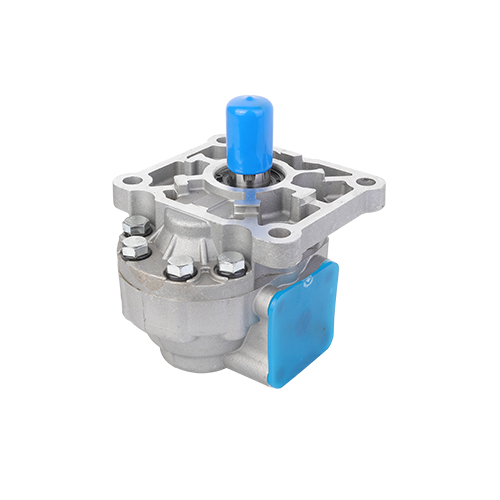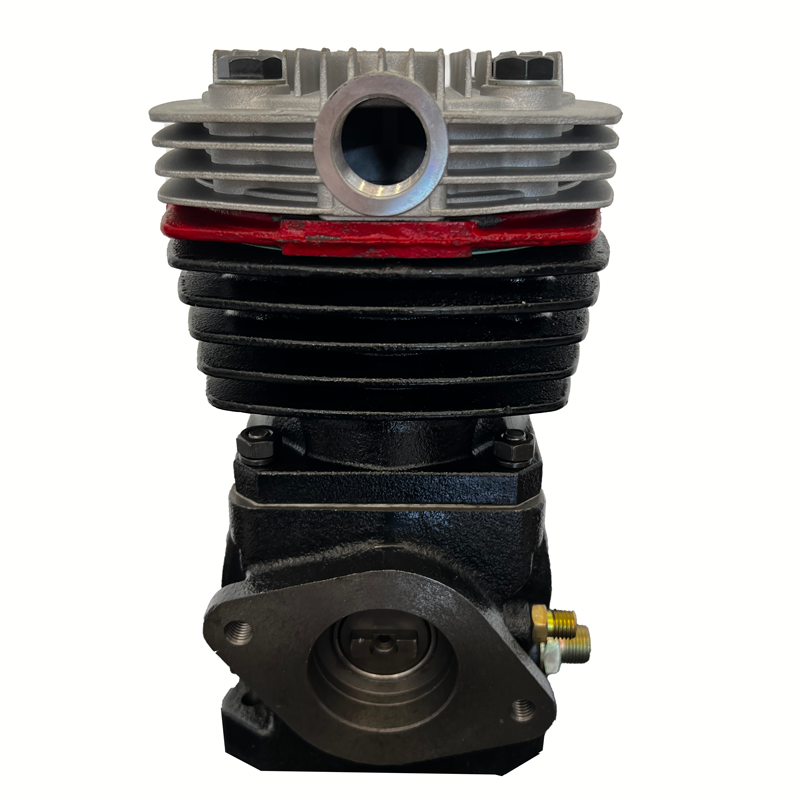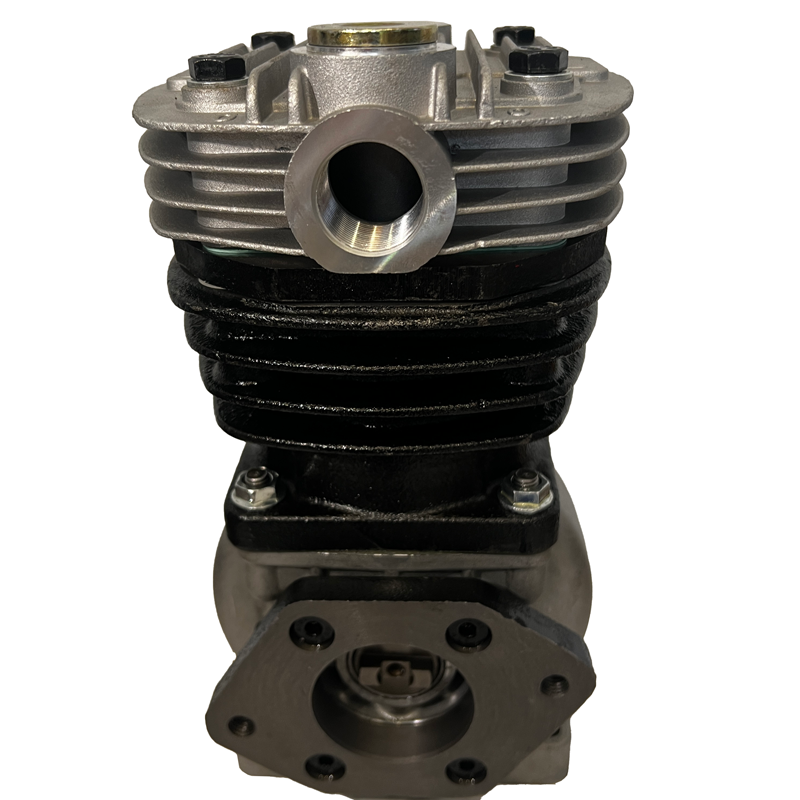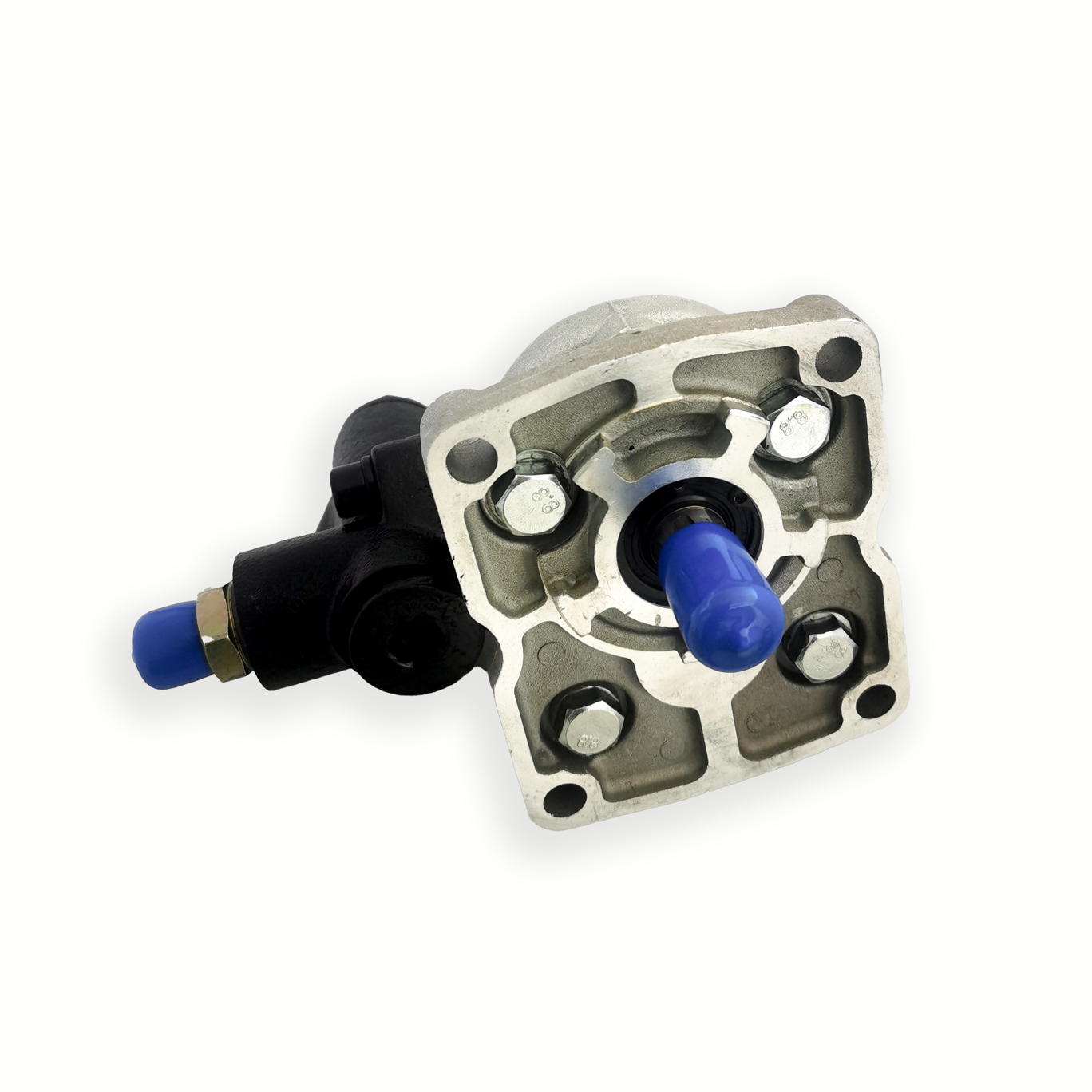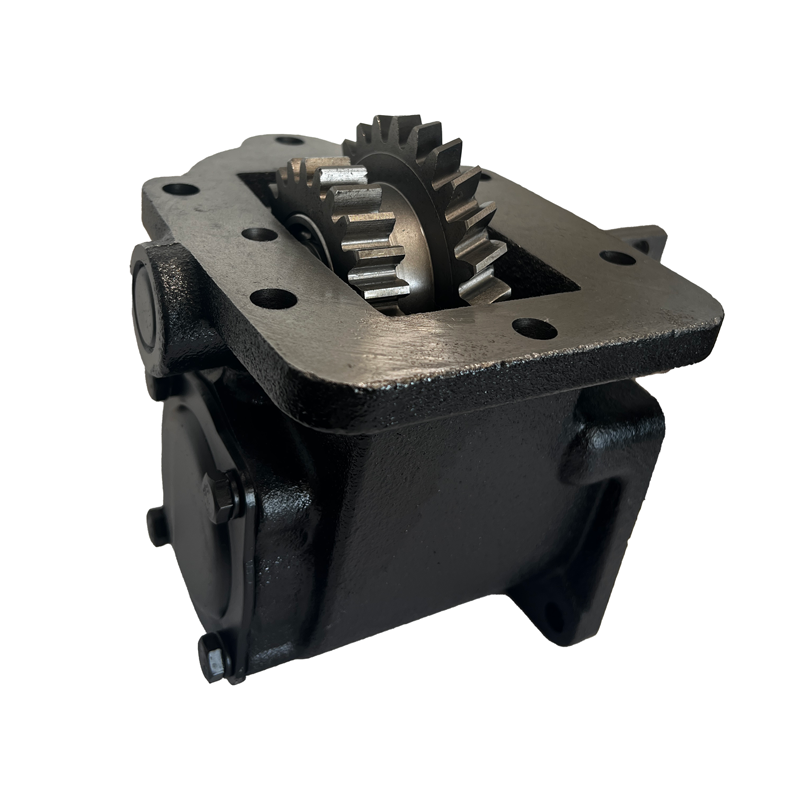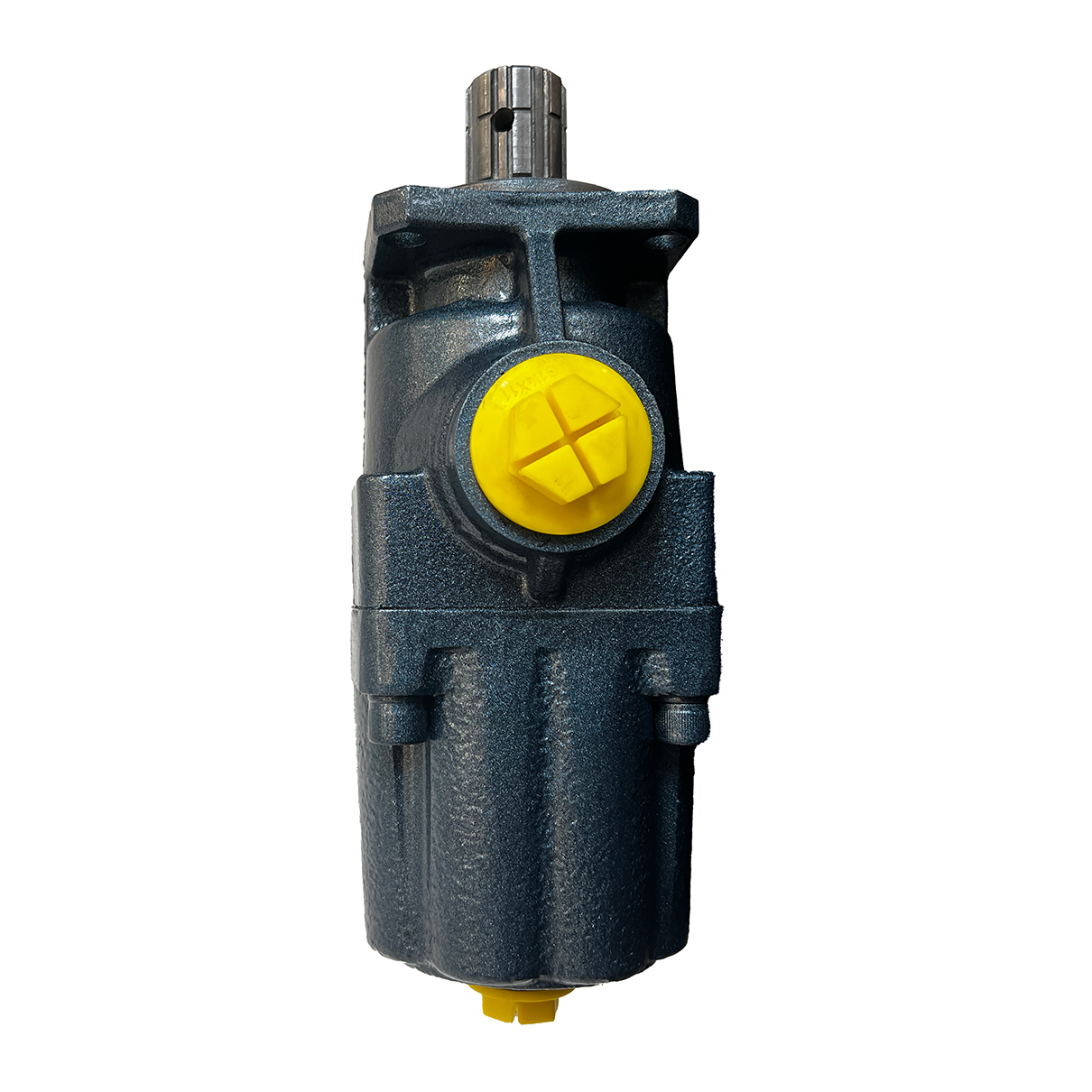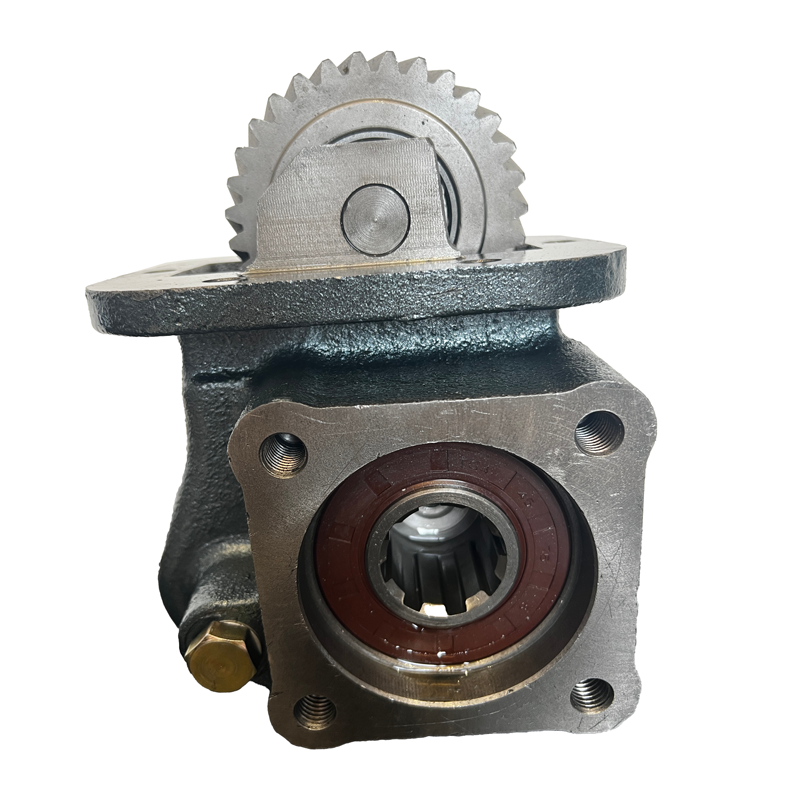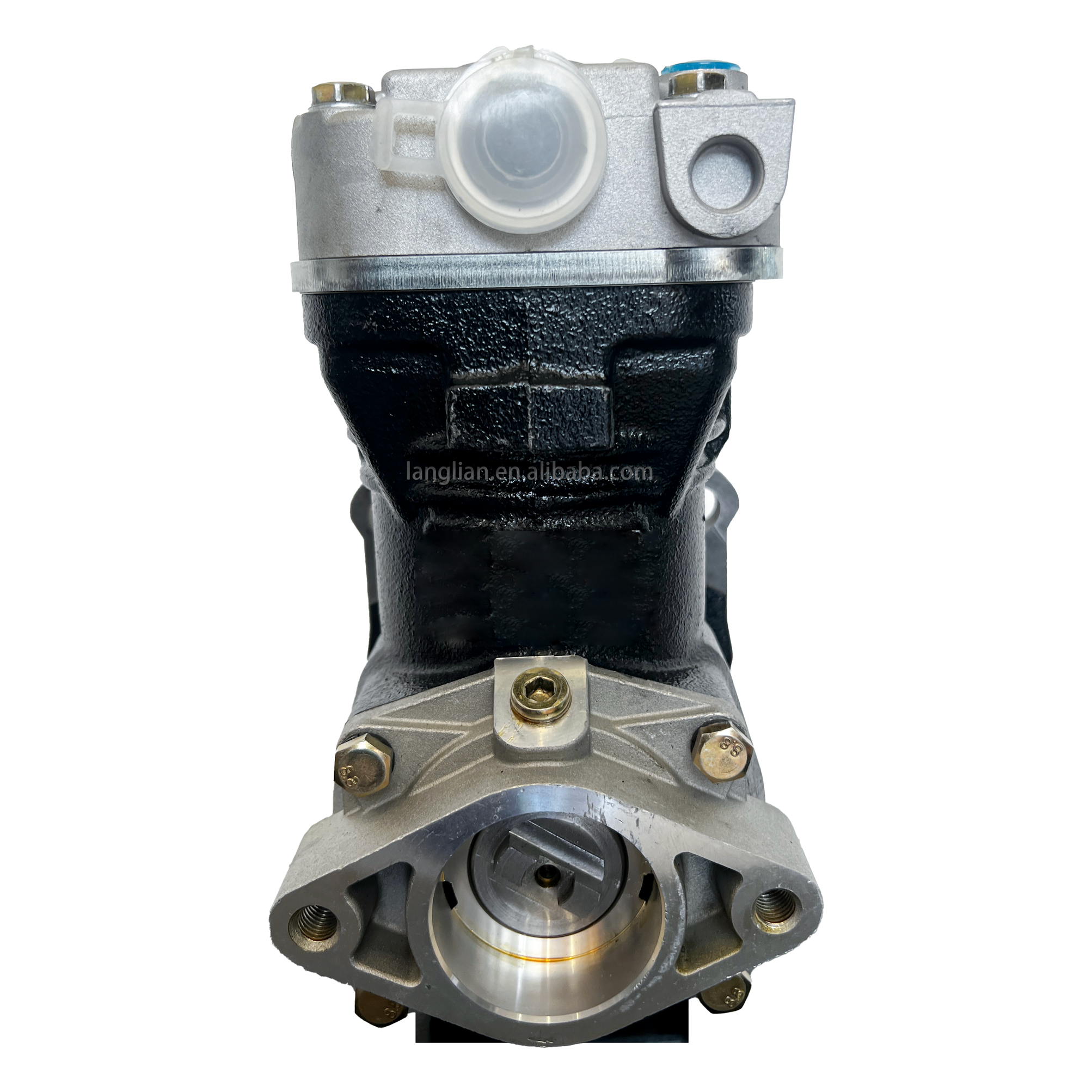1. Material and Process Optimization: Performance Assurance at Low Cost
Material Selection
Cost-Effective Materials: Replacing specialty alloys with high-performance silicon steel sheets reduces core losses while controlling costs. For example, one motor manufacturer lowered manufacturing costs by 12% with only a 3% efficiency reduction through material substitution.
Durable Materials: Utilizing high-temperature and corrosion-resistant materials for critical components like seals and bearings extends service life. For instance, ceramic seals last three times longer than traditional rubber seals, though at a 20% higher cost.
Processing Technique Improvements
Modular Design: Integrating pump bodies, motors, and ECUs into modules reduces assembly steps and labor costs. One production line achieved a 25% efficiency boost and an 8% unit cost reduction through modularization.
Automated Production: Implementing robotic welding, laser cutting, and other automated processes minimizes human error. For instance, an automated assembly line boosted product pass rate from 92% to 98% while reducing rework costs by 40%.
2. Adaptability Optimization: Precise Matching Based on Vehicle Positioning
Premium Models
Strategy: Prioritize EPS systems, achieving personalized steering calibration through high-precision sensors and algorithms. For instance, a luxury brand's EPS system supports three steering modes (Comfort/Standard/Sport), achieving 95% user satisfaction but increasing unit cost by ¥1,500.
Cost Allocation: Reduce unit costs through scaled production. When an automaker's annual production exceeds 500,000 units, the per-unit cost of the EPS system drops from ¥2,500 to ¥1,800.
Economy Models
Strategy: Select mechanical pumps or simplified EPS versions (e.g., omitting road feel simulation). For instance, an economy sedan employs a hybrid solution of mechanical pump + electronic control valve, keeping costs under ¥800 while meeting basic steering requirements.
Supplier Collaboration: Jointly develop universal pump bodies with aftermarket suppliers to reduce tooling costs. One automaker lowered pump body costs by 18% through this model, though accepting slightly reduced durability.
Special-Scene Vehicles
Off-Road Vehicles: Employ high-flow mechanical pumps to handle heavy loads, minimizing pressure loss through optimized oil circuit design. For instance, one off-road model increased mechanical pump flow by 30% while raising fuel consumption by only 2%.
Electric Vehicles: Integrate steer-by-wire technology to eliminate hydraulic systems and further reduce costs. One electric vehicle model achieved a 40% reduction in steering system weight and a 25% cost decrease through steer-by-wire.
3. Long-Term Cost Management: Maintenance and Upgrade Strategies
Preventive Maintenance
Regular Fluid Replacement: Synthetic hydraulic fluid extends pump life by 30%, though increasing single-use costs by ¥50.
Sensor Calibration: Annual calibration of EPS system torque sensors prevents ECU misjudgments due to signal deviation, reducing failure rates.
Software Upgrades
OTA Updates: Remote upgrades optimize ECU algorithms to enhance steering response speed. For instance, one automaker reduced EPS system latency from 50ms to 30ms via OTA, delivering noticeable user improvement.
Fault Prediction: Analyze pump operational data via big data to proactively warn of potential failures. One fleet operator reduced maintenance costs by 20% and downtime by 40% using this feature.
Recycling and Remanufacturing
Core Component Recycling: Refurbish motors and ECUs from retired pumps at 50% of new part costs. For instance, one remanufacturer lowered per-unit pump costs by 35% through recycling operations, though this requires establishing rigorous quality inspection systems.
